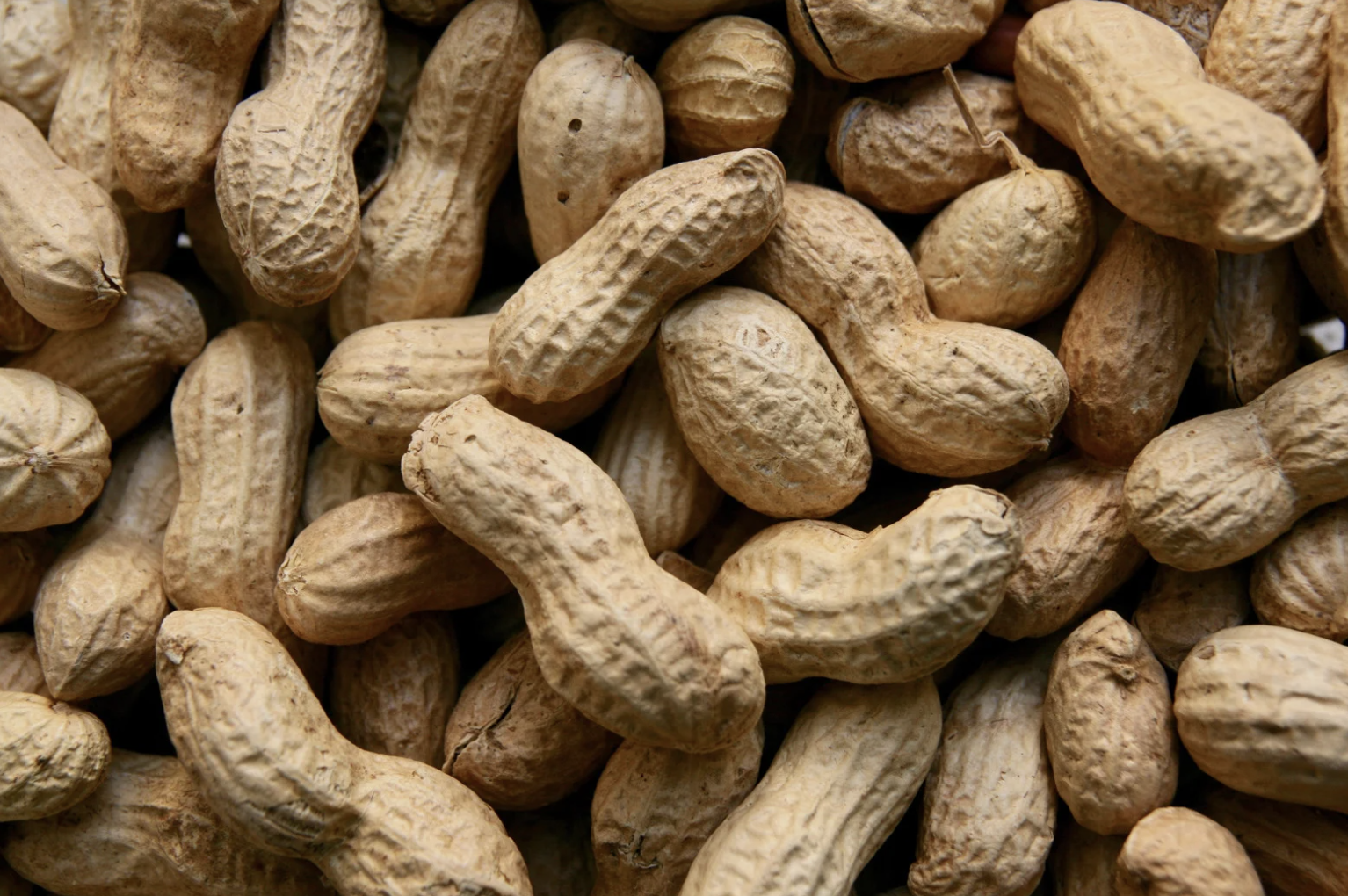
Johnson & Johnson - Combatting Childhood Peanut Allergy
-
This project was part of my first Integrative Studio Course, which involved a partnership with Johnson & Johnson for the semester. The brief we received from J&J was to transform the healthcare system from "diagnose and treat" to "predict and prevent" in relation to childhood food allergies. To narrow the brief, my team chose to focus on childhood peanut allergy. My team worked on developing a solution to address the challenge of preventing long-term peanut allergies in children to potentially improve the quality of life for those affected by this condition.
-
Peanut allergy is a common allergy in the United States and is estimated to affect 1 in 50 children, which amounts to around 6.1 million Americans. The cost of caring for children with food allergies, including peanut allergy, is significant, with U.S. families spending nearly $25 billion annually. Furthermore, the prevalence of peanut allergy is increasing, indicating the need for effective solutions to manage this condition.
-
Our solution is “The Peanut Party.” The Peanut Party is an educational exposure event for parents and their 4-6-month-old children. These events will be staffed with medical professionals, such as nurses and allergists, to educate parents on peanut allergy prevention methods and exposure techniques. Parents will be able to introduce their children to peanut allergens in the presence of medical professionals, creating a safe and controlled environment in the case of an allergic reaction. And these Peanut Parties will foster a sense of community, as parents, children, and local medical professionals support one another and embark on a peanut prevention journey together.
But how is The Peanut Party implemented at scale? Through a strategic Public-Private Partnership (PPP). This PPP would unite J&J and the Center for Medicare and Medicaid (CMS) for peanut prevention education and community exposure events. Think: Covid19 testing sites. As we saw firsthand with widespread Covid testing centers, public-private partnerships successfully bridged the gap between funders and communities. The US Department of Health and Human Services partnered with national pharmacy and grocery chains such as CVS, Rite Aid, Walgreens, and Quest to quickly scale and serve widespread communities. By uniting the funding and operational capacity between CMS and J&J, alongside leveraging their communities, both parties would be able to achieve this common goal quickly and at scale.
-
My team utilized a design thinking approach, which included intensive research and iterative design phases, to develop a solution to the given problem. We consciously decided to narrow in on peanut allergy, as it is widely unique to the US, allowing us to use other countries as a control comparison. To empathize with parents and understand the problem's depth, my team conducted over 16 hours of desk research and eight interviews with diverse participants, ranging from peanut-allergic people to parents of non-peanut-allergic children raised both inside and outside of the US. We also conducted online ethnography by joining multiple online social groups to understand the pain points of over 15,000 members.
Our qualitative interviews with parents of (/and) individuals with peanut allergies were the most valuable aspect of our process because they allowed us to co-design around a very delicate and emotional problem.